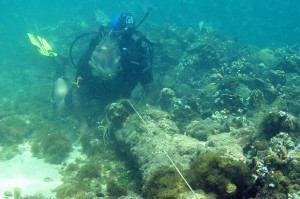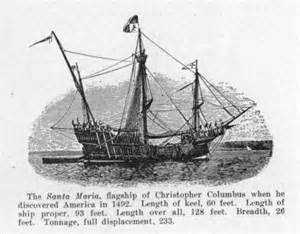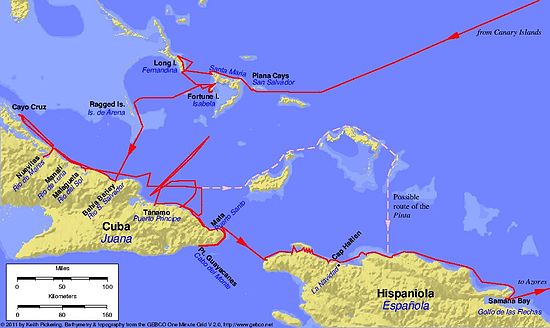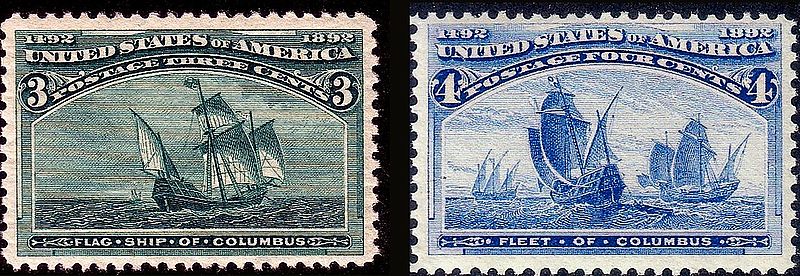The leading maritime archeologist Charles Beeker (Indiana University) told CNN that his colleague “Barry (Clifford) may have finally discovered the 1492 Santa Maria,” and that the evidence appears to be “very compelling.”

The famed explorer Christopher Columbus was able to obtain from his royal patrons – King Ferdinand I and Queen Isabella of Spain – three ships, The Niña, The Pinta and the Santa Maria, for his trip into the unknown in search of a new route to China. With these vessels he “discovered” the island of Hispaniola and the Bahamas. After only ten weeks of his findings, his flagship, the Santa Maria, drifted onto a reef near the coast of Haiti and sunk. Columbus had to abandon the ship, but apparently he was able to recover some of the timber from it and with it he started the building of a fort. When he departed to bring back the news of his discovery to the Spanish royals, he left behind some of his sailors in this fort. In the following centuries, no trace of the fort was ever found.
Using Columbus diary, a group of archaeologists was able to locate the fort’s position on the island in 2003. Using this newfound information and further notes from Columbus diary, Barry Clifford, one of the world’s top underwater archaeological investigators, was able to pinpoint the location of the wreck. His first investigation of the area was in 2003, but only recently, reexamining some of the photographic evidence of that exploration, it was deducted that the remains may be the one of the Santa Maria.
Mr. Clifford stated that “all the geographical, underwater topography and archaeological evidence strongly suggests that this wreck is Columbus’ famous flagship, the Santa Maria,” and the footprint of the wreck seem to be the expected size of Columbus flagship.
 He also declared: “We’ve informed the Haitian government of our discovery – and we are looking forward to working with them and other Haitian colleagues to ensure that the site is fully protected and preserved. It will be a wonderful opportunity to work with the Haitian authorities to preserve the evidence and artefacts of the ship that changed the world,” adding that “the Haitian government has been extremely helpful – and we now need to continue working with them to carry out a detailed archaeological excavation of the wreck.”
He also declared: “We’ve informed the Haitian government of our discovery – and we are looking forward to working with them and other Haitian colleagues to ensure that the site is fully protected and preserved. It will be a wonderful opportunity to work with the Haitian authorities to preserve the evidence and artefacts of the ship that changed the world,” adding that “the Haitian government has been extremely helpful – and we now need to continue working with them to carry out a detailed archaeological excavation of the wreck.”
In an interview with CNN, he concluded that “Every single piece fits. Now, of course, we have to go through the whole archeological process, and we plan to do that within the next few months, but I feel very confident that we’ve discovered the site.”
The HISTORY Channel has exclusive access to the historic search for the Santa Maria, which will be the subject of an upcoming program.








